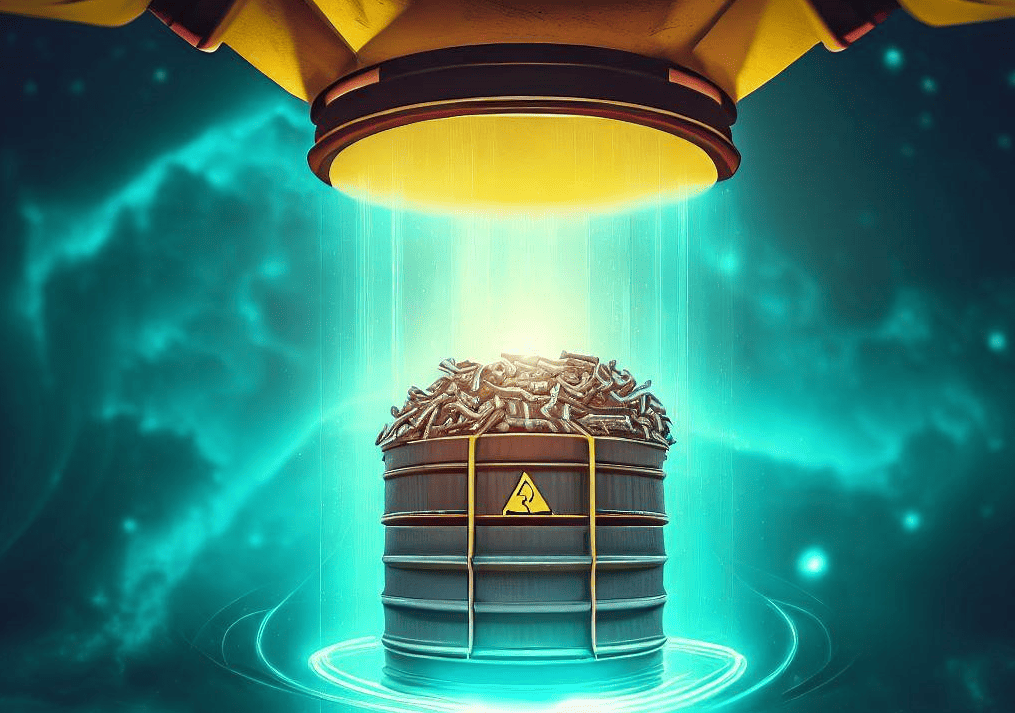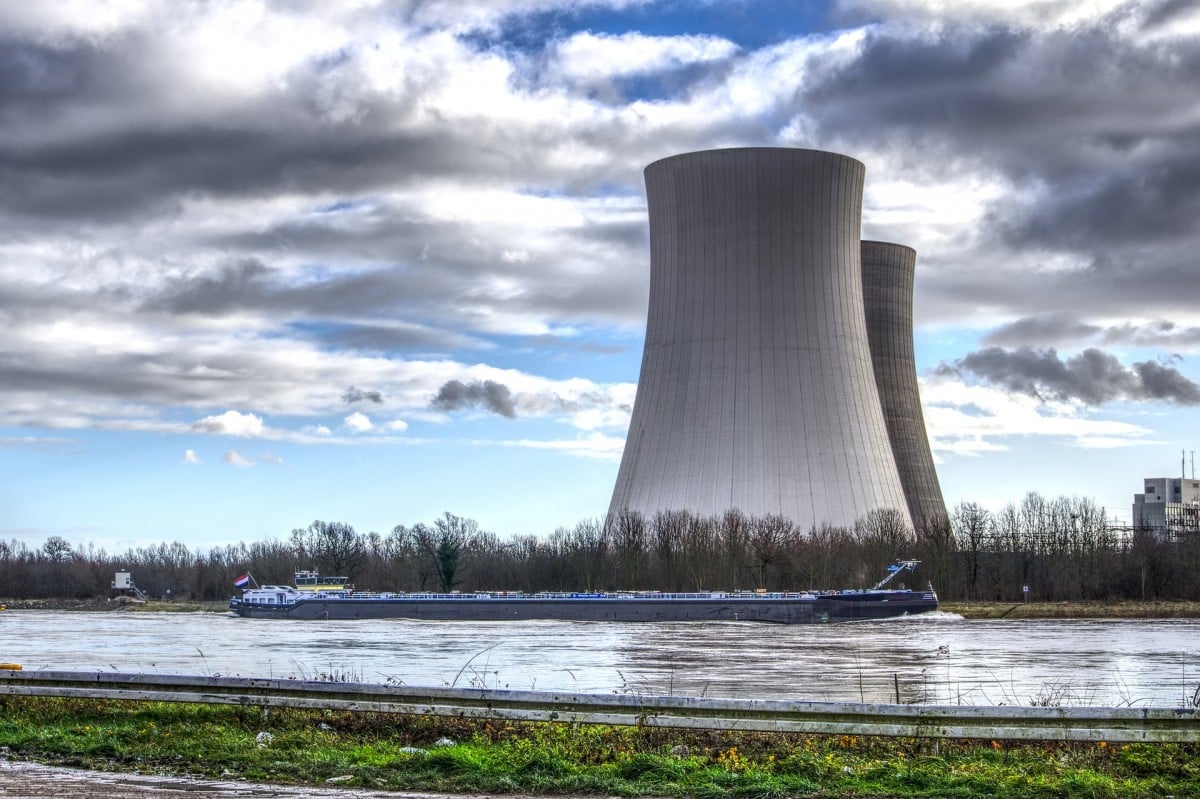
Researchers at the University of Houston have developed molecular crystals that can capture radioactive iodine, a byproduct of nuclear waste, potentially transforming how we manage nuclear waste. The crystals are reusable, cost-effective, and may also be used for capturing carbon dioxide.
- One of the main points of contention about nuclear power is disposing nuclear waste.
- A group of researchers used molecular crystals to sequestrate iodine, one of the main byproducts of nuclear fission.
- The crystals can also be used for carbon capturing.
Addressing the challenges of nuclear waste
Nuclear waste, a byproduct of nuclear reactors, is classified into low, intermediate, and high-level waste, with the latter containing most radioactivity. Despite being a small fraction of the total waste generated, managing high-level waste, especially spent nuclear fuel, has been a point of contention for years.
Current methods entail storing used nuclear fuel in wet or dry storage facilities before recycling or disposal. Recycling is a viable option, with approximately 97 percent of the material, including uranium and plutonium, potentially reusable as fuel in certain reactors. Countries like France, Japan, Germany, Belgium, and Russia have used plutonium recycling to generate electricity and reduce the radiological footprint of their waste.
A ground-breaking solution to a pervasive problem
Therefore, the problem of handling nuclear waste has forever posed a significant challenge. The existing methods are not only expensive but also space-consuming. Houston researchers may have cracked the code with a promising solution – molecular crystals based on cyclo tetra benzil hydrazones. These versatile crystals have the ability to capture radioactive iodine, one of the most prevalent fission products – fission is the process used to extracting energy from uranium atoms – found in nuclear waste.
This ground-breaking discovery, originally made in 2015 by the same team, could potentially redefine the way we manage and dispose of nuclear waste. The innovative technology behind these molecular crystals demonstrates an impressive iodine uptake capacity, comparable to that of porous metal-organic frameworks and covalent organic frameworks, materials previously considered as the leading solutions for iodine capture.

Multiple avenues of applications
The applications of these crystals are not limited to nuclear waste management. They have also shown potential in capturing carbon dioxide, thereby contributing to global efforts for a cleaner and more sustainable world. Furthermore, the structure of these crystals closely resembles materials used in lithium-ion batteries, hinting at possible energy-related applications.
The production process of these crystals is another feather in their cap. They can be manufactured at a low cost and on a large scale using commercially available chemicals, with the potential for even lower costs in an industrial setting. The crystals, also known as “The Octopus” for their ring-shaped structures, can be produced at an approximate cost of $1 per gram in an academic lab.

A step toward a net-zero future
The development of these molecular crystals is not only a significant step towards revolutionizing nuclear waste management but also a stride towards a cleaner and more sustainable world. While the practical applications of these crystals still need to be further explored, the researchers are enthusiastic about the opportunities they offer.
Meanwhile, fast breeder reactors (FBRs), another potential solution to the nuclear waste problem, are being reconsidered in Europe. Recent advancements in FBR technology, such as improved designs and pyroprocessing techniques, offer enhanced safety features, better fuel utilization, and reduced waste. However, debates surrounding their role in a greener future continue, and investment in FBR development and research is seen as crucial.



